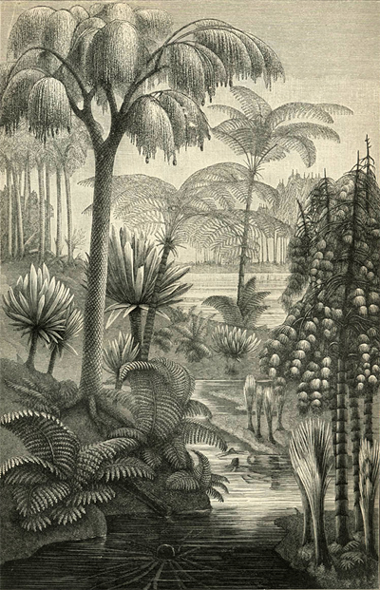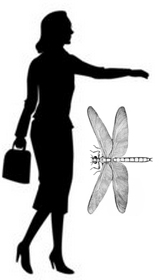
In America, the Carboniferous is often split into a lower layer called the Mississippian and the upper member termed the Pennsylvanian -- beds that can be visited today in the Cumberland Plateau of Tennessee. These coal-bearing layers were created in a huge marshy jungle similar to today's Florida everglades. But fossilized roots and stumps give witness to some strange trees -- huge "scale-bark" lepidodendrons, and giant horsetails. It was a forest devoid of flowers or pollinating insects, with dark bogs of stagnant plants decaying amid the croaks of primitive amphibians. In this strange and dismal place, the story of life would turn a page.
|
|
Something appeared 350 million years ago that would power a future industrial revolution.
The black seams of coal that fire today's steel plants, furnaces and electric generators were created in the foul, muddy swamps of the Carboniferous, where a rainforest run amok trapped vast amounts of carbon into oxygen-starved layers that were slowly compressed together over millions of years.
Laid and hatched on land, amniote eggs freed animals from the water and unleashed a tidal wave of scurrying lizard-like creatures, their jaws, ears, hearts and lungs rapidly adapting to revolutionary new lifestyles -- climbing trees, fishing in lakes catching giant insects and eating one another.
Flying in a 30% denser atmosphere crammed with a third more oxygen than today's air, dragonflies like Meganeura had a wingspan almost a yard across.

|